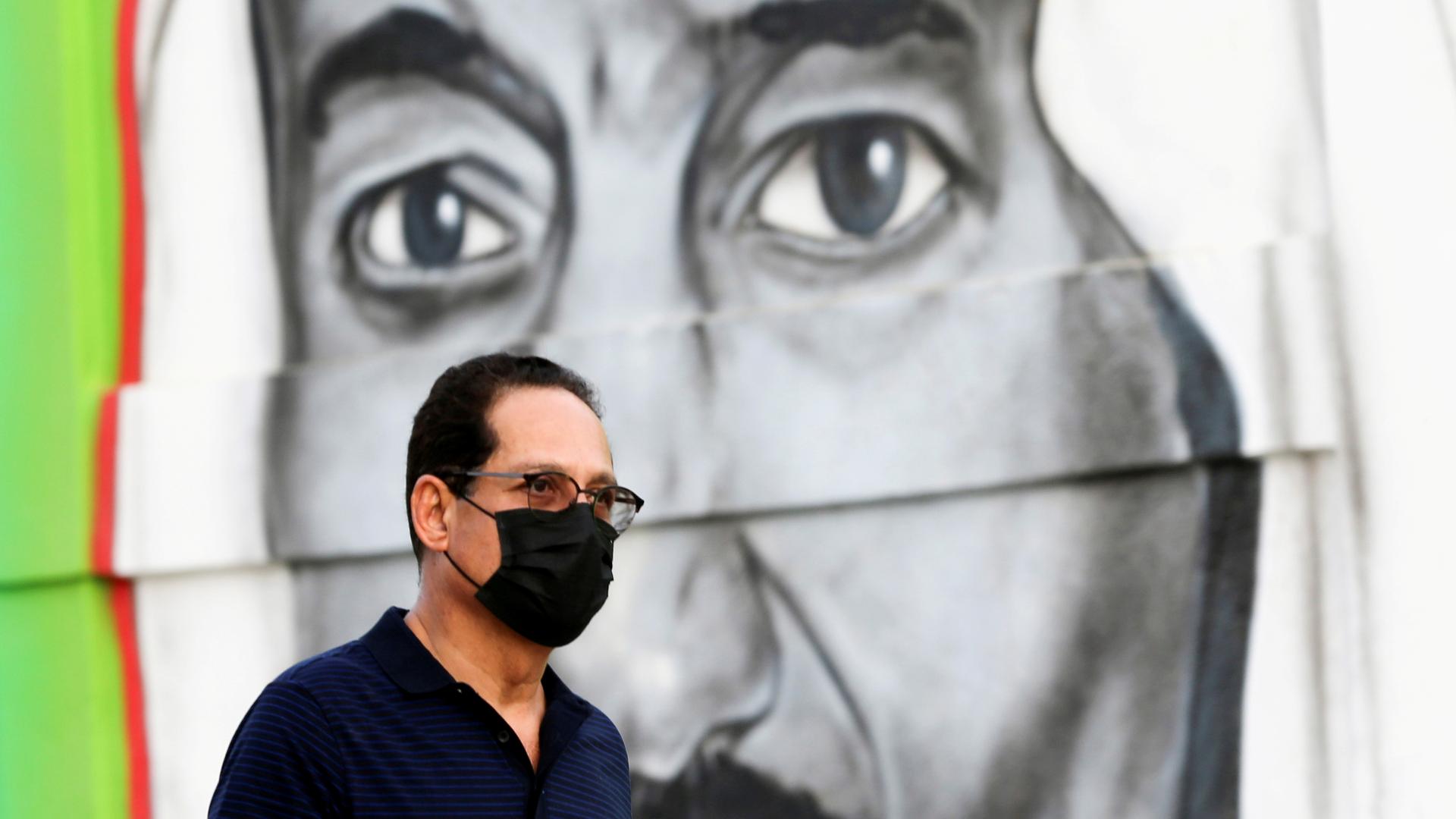Accusations of biological aggression is distracting the region from working together to defeat Covid-19.
The Covid-19 pandemic calls for urgent regional and international coordination to tackle the spread of infection and protect lives. The rapid spread of the disease has put national health systems in the Middle East under extreme pressure and threatens to have a devastating impact on war-torn societies and the refugee population.
Despite the urgency of the challenge and the need for a coordinated response, the health crisis has accentuated differences. It has deepened suspicions and added another layer of mistrust to sectarian tensions in the Middle East.
The Covid-19 pandemic has introduced a deadly dimension to an already tense relationship between Iran and Saudi Arabia. By mid-March 2020, Iran won the unenviable title of the Covid-19 epicentre in the Middle East.
The spread of the disease in Iran was primarily due to negligence and a lack of systemic measures by the authorities, who either did not take the threat seriously or did not wish to affect voter participation in the February parliamentary election adversely. In the absence of self-isolation measures, the virus spread rapidly in the country, now affecting more than 74,000 people.
Religious congregation sites were amongst high-risk areas for disease transmission. Qom, the heart of the religious establishment in Iran, was noted as a hot zone in the early days of the pandemic. This put pilgrims to Iran at particular risk.
In the early days, while the authorities were denying that the coronavirus was a serious issue for Iran and the Iranian Supreme Leader was appealing to the revolutionary culture of resistance to defeat the disease ‘like many other challenges’ that Iran had faced, many Shia pilgrims from the region visited Iran and mingled in busy congregation sites.
Visitors from Bahrain, Iraq, Lebanon, Saudi Arabia and even Pakistan became carriers of the Covid-19 infection. Saudi Arabia and Bahrain, both with already-strained relations with Tehran, accused Iran of engaging in irresponsible and dangerous behaviour.
Officially, Saudi nationals are not allowed to travel to Iran since the 2016 breakdown of diplomatic relations following the Saudi execution of a Shia cleric and the mob storming of Saudi diplomatic posts in Iran. Nonetheless, some Saudi nationals continue to visit Iran via third countries, like Bahrain, Kuwait and Iraq.
Iran appears to have facilitated this practice by not stamping entry visas on Saudi passports to help Saudi Shia evade prosecution. At the best of times, this tactic was problematic. But with the pandemic, this has become a major issue of concern for Saudi authorities.
On Mar. 6 2020, Arab News reported Saudi officials criticising Iran for spreading the disease and demanded the identity of “Saudi nationals who had illegally visited Iran since the Feb. 1.” The Bahraini language towards Iran was even blunter.
According to the Bahraini Interior Minister General Sheikh Rashid bin Abdulla Al Khalifa: “Iran has allowed the disease to travel abroad…this constitutes a form of biological aggression that is criminalised by international law”. The tone of this statement is not surprising.
Ever since the 2011 Arab Spring, the ruling al Khalifa dynasty has accused Iran of instigating unrest and rebellion in the Shia majority Sheikhdom.
In response to initial reports of Covid-19 cases in the Shia-majority province of Qatif, Saudi authorities put Qatif under quarantine. Attempts to contain Covid-19 in Qatif, however, has proven ineffective.
More recently, Saudi Arabia banned travel to several other countries and signalled an impending dramatic decision to cancel the annual Haj. The number of affected individuals in Saudi Arabia stands at just over 5,300.
The spread of Covid-19 in the Middle East has not catalysed regional coordination but rather deepened divisions. It has been used to fan anti-Iran and anti-Shia sentiments and to promote physical isolation for the Shia.
In Saudi Arabia, this is not a new experience. Even before this crisis, the Saudi Shia, constituting more than 15 percent of the population in Saudi Arabia, had been marginalised and excluded from access to positions of authority.
With the majority of Saudi Shia in the under-developed Qatif province, physical isolation was seen as a practical option. However, the association of Shia with Covid-19 reinforces the Sunni-Shia divide and adds fuel to sectarianism.
This health crisis has entrenched the sectarian divide.
Author: Shahram Akbarzadeh
Prof Shahram Akbarzadeh is Convenor of Middle East Studies Forum at Alfred Deakin Institute, Deakin University
Source










Discussion about this post